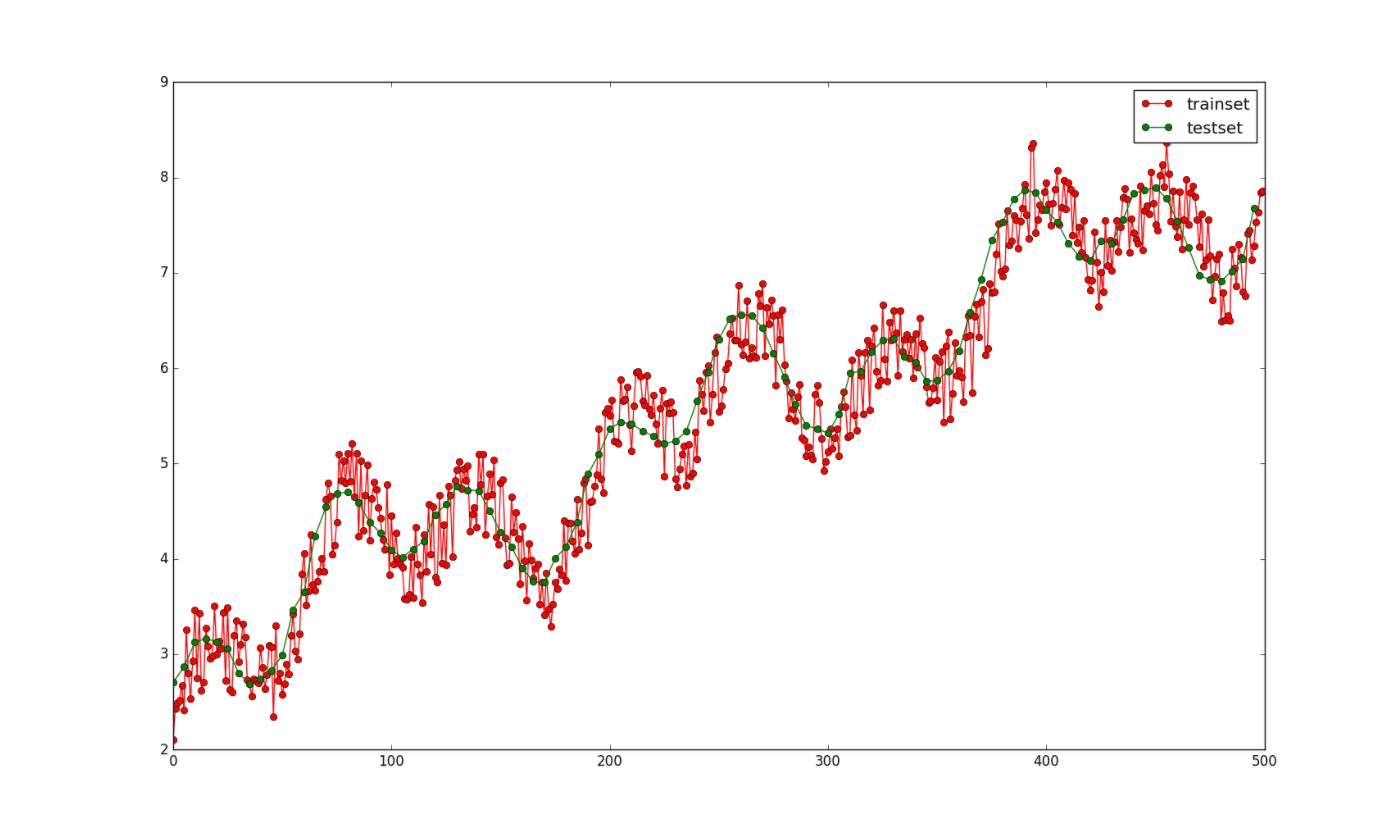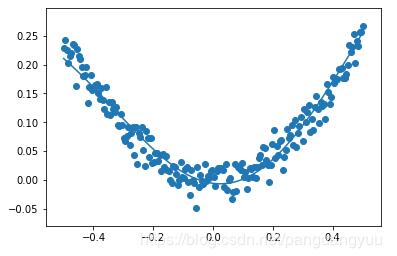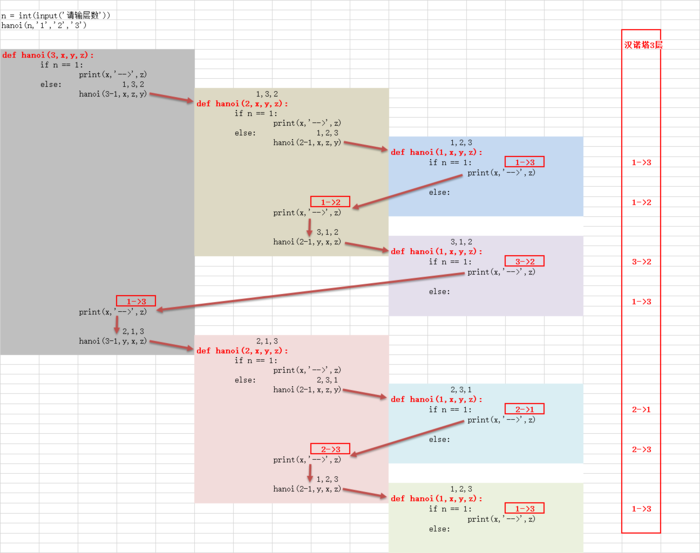详解django中使用定时任务的方法
今天介绍在django中使用定时任务的两种方式。
方式一: APScheduler
1)安装:
pip install apscheduler
2)使用:
from apscheduler.scheduler import Scheduler
from django.core.cache import cache
# 实例化
sched = Scheduler()
# 每30秒执行一次
@sched.interval_schedule(seconds=30)
def sched_test():
"""
测试-定时将随机数保存到redis中
:return:
"""
seed = "123456789"
sa = []
for i in range(4):
sa.append(random.choice(seed))
code = ''.join(sa)
cache.set("test_"+code, code)
3)启动定时任务
# 启动定时任务
sched.start()
方式二: django-crontab
1) 安装:
pip install django-crontab
2) 添加配置到INSTALL_APPS中
INSTALLED_APPS = ( 'django_crontab', )
3) 编写定时函数:
在django的app中新建一个test_crontab.py文件,把需要定时执行的代码放进去
import random
from django.core.cache import cache
def test():
"""
测试-定时将随机数保存到redis中
:return:
"""
seed = "123456789"
sa = []
for i in range(4):
sa.append(random.choice(seed))
code = ''.join(sa)
cache.set("test_"+code, code)
4)编写定时命令
Django为项目中每一个应用下的management/commands目录中名字没有以下划线开始的Python模块都注册了一个manage.py命令, 自定义一个命令如下: 必须定义一个继承自BaseCommand的Command类, 并实现handle方法。
编写appname/management/commands/test.py文件
import random
from django.core.management.base import BaseCommand
from django.core.cache import cache
class Command(BaseCommand):
"""
自定义命令
"""
def handle(self, *args, **options):
"""
自定义命令
:return:
"""
seed = "123456789"
sa = []
for i in range(4):
sa.append(random.choice(seed))
code = ''.join(sa)
cache.set("test_"+code, code)
定义完成后,执行python manage.py test, 会执行handle()函数
5) 在settings.py中增加配置
# 运行定时函数
CRONJOBS = [
('*/1 * * * *', 'appname.test_crontab.test','>>/home/python/test_crontab.log')
]
# 运行定时命令
CRONJOBS = [
('*/1 * * * *', 'django.core.management.call_command', ['test'], {}, '>> /home/python/test.log'),
]
上面主要有3个参数,分别表示: 定时任务执行时间(间隔), 待执行定时任务, 将定时任务的信息追加到文件中
对于熟悉linux中定时任务crontab的同学可能对上面第一个参数的语法很亲切。上面表示每隔1分钟执行一次代码。
linux中的定时任务crontab的语法如下:
* * * * * command 分钟(0-59) 小时(0-23) 每个月的哪一天(1-31) 月份(1-12) 周几(0-6) shell脚本或者命令
例子:
0 6 * * * commands >> /tmp/test.log # 每天早上6点执行, 并将信息追加到test.log中 0 */2 * * * commands # 每隔2小时执行一次
有兴趣的小伙伴可以深入研究下linux的crontab定时任务。
6) 添加并启动定时任务
python manage.py crontab add
其它命令:
python manage.py crontab show: 显示当前的定时任务 python manage.py crontab remove: 删除所有定时任务
今天的定时任务就说到这里,有错误之处,欢迎交流指正!


